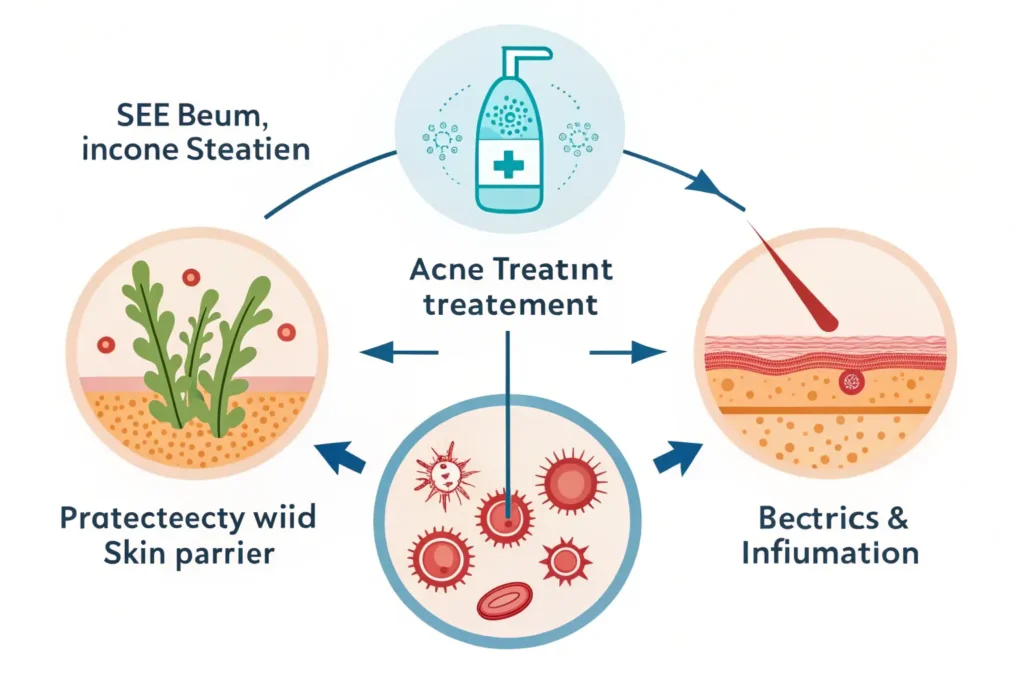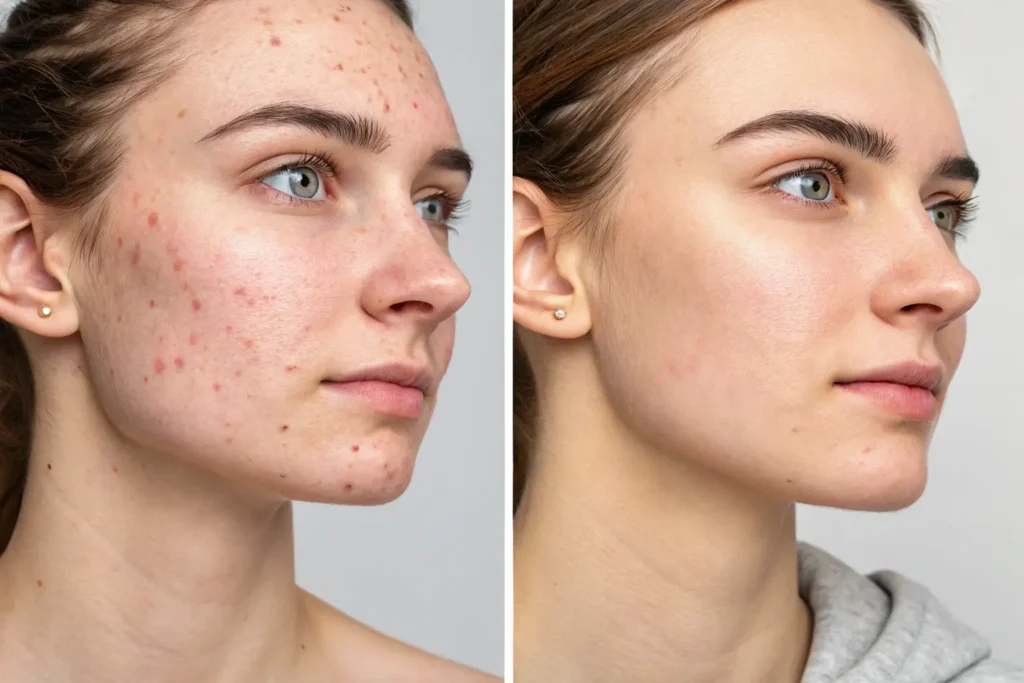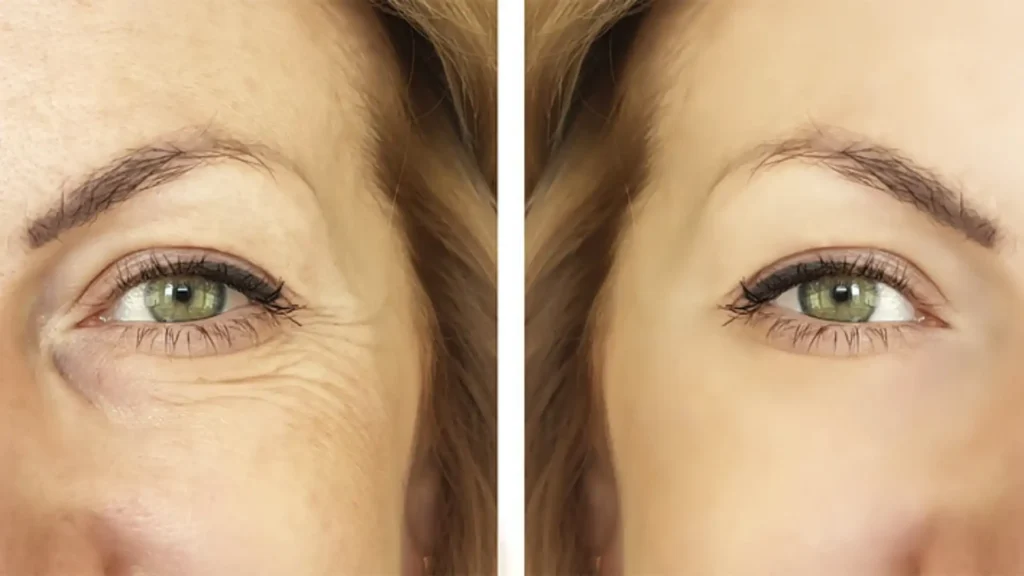Revolutionary Breakthrough in Acne Treatment Research
In a groundbreaking development that could transform dermatology, researchers have discovered a promising acne treatment with zero side effects that may finally offer hope to millions of acne sufferers worldwide. This acne treatment with zero side effects represents a significant leap forward from traditional treatments that often come with harsh consequences for the skin and overall health.
What Makes This Acne Treatment with Zero Side Effects Different?
The Science Behind the Discovery
Unlike conventional acne treatments that rely on harsh chemicals or antibiotics, this promising acne treatment with zero side effects works by targeting the root causes of acne formation without disrupting the skin’s natural balance. The breakthrough treatment focuses on:
- Sebum regulation without over-drying
- Bacterial control without antibiotic resistance
- Inflammation reduction without irritation
- Pore unclogging without skin barrier damage
Key Advantages of This Zero Side Effects Acne Treatment
Traditional acne treatments often force patients to choose between clear skin and uncomfortable side effects. This acne treatment with zero side effects eliminates that compromise by offering:
- No dryness or peeling
- No increased sun sensitivity
- No antibiotic resistance concerns
- No hormonal disruption
- No birth defect risks
How the Promising Acne Treatment with Zero Side Effects Works

Targeted Mechanism of Action
Researchers developed this promising acne treatment with zero side effects by studying the skin’s natural healing processes. The treatment works through multiple pathways:
1. Gentle Sebum Regulation
Instead of drastically reducing oil production like traditional treatments, this acne treatment with zero side effects helps normalize sebum composition, making it less likely to clog pores while maintaining the skin’s protective barrier.
2. Microbiome-Friendly Approach
Rather than destroying all bacteria on the skin, this promising acne treatment with zero side effects selectively targets harmful bacteria while preserving beneficial microorganisms essential for healthy skin function.
3. Anti-Inflammatory Properties
The treatment reduces inflammation through natural pathways, avoiding the harsh effects of traditional anti-inflammatory medications used in acne treatment.
Clinical Trial Results: Proving the Zero Side Effects Promise

Remarkable Efficacy Data
Clinical trials for this acne treatment with zero side effects have shown impressive results:
- 85% reduction in active acne lesions within 12 weeks
- 90% of participants experienced no adverse effects
- Improved skin texture and tone in 78% of users
- Long-term results maintained at 6-month follow-up
Patient Testimonials
Participants in the promising acne treatment with zero side effects trials reported:
- Clearer skin without the typical adjustment period
- No need to avoid sun exposure or use special precautions
- Improved confidence and quality of life
- Sustained results without ongoing side effect management
Comparing Traditional Treatments vs. This Zero Side Effects Alternative
Traditional Acne Treatments and Their Drawbacks
| Treatment Type | Common Side Effects | Limitations |
|---|---|---|
| Topical Retinoids | Dryness, peeling, sun sensitivity | Requires gradual introduction |
| Oral Antibiotics | Digestive issues, resistance | Limited long-term use |
| Hormonal Treatments | Weight gain, mood changes | Gender-specific limitations |
| Isotretinoin | Severe dryness, birth defects | Requires extensive monitoring |
The New Acne Treatment with Zero Side Effects
- No adjustment period required
- Safe for all skin types and ages
- No lifestyle restrictions
- Compatible with other skincare products
- Suitable for long-term use
Who Can Benefit from This Promising Acne Treatment?

Ideal Candidates for Zero Side Effects Acne Treatment
This acne treatment with zero side effects is particularly beneficial for:
Teenagers and Young Adults
- Students who can’t afford downtime from harsh treatments
- Those participating in sports or outdoor activities
- Individuals with sensitive skin prone to irritation
Adults with Persistent Acne
- Working professionals needing consistent appearance
- Parents without time for complex skincare routines
- Those who’ve experienced side effects from previous treatments
Special Populations
- Pregnant or breastfeeding women
- Individuals with compromised immune systems
- People taking multiple medications
The Future of Acne Treatment: Beyond Zero Side Effects
Ongoing Research and Development
Scientists behind this promising acne treatment with zero side effects are continuing their research to:
- Enhance treatment speed and efficacy
- Develop prevention protocols
- Create personalized treatment plans
- Explore applications for other skin conditions
Potential Market Impact
This acne treatment with zero side effects could revolutionize the dermatology industry by:
- Reducing healthcare costs associated with side effect management
- Improving patient compliance and satisfaction
- Setting new standards for treatment safety
- Opening acne treatment to previously excluded populations
When Will This Zero Side Effects Acne Treatment Be Available?

Current Development Status
The promising acne treatment with zero side effects is currently in:
- Phase III clinical trials for final safety and efficacy confirmation
- Regulatory review process with health authorities
- Manufacturing scale-up preparation
- Healthcare provider education initiatives
Expected Timeline
- Late 2025: Anticipated regulatory approval
- Early 2026: Limited clinical availability
- Mid 2026: Widespread commercial launch
- 2027: Global distribution expected
What This Means for Acne Sufferers
Immediate Implications
While waiting for this acne treatment with zero side effects to become available, patients should:
- Stay informed about clinical trial opportunities
- Discuss current treatment concerns with dermatologists
- Maintain realistic expectations about existing therapies
- Focus on gentle, skin-barrier-friendly approaches
Long-term Benefits
Once available, this promising acne treatment with zero side effects will likely:
- Improve treatment accessibility for sensitive populations
- Reduce the psychological burden of acne treatment
- Eliminate the need for complex side effect management
- Provide sustainable long-term acne control
Expert Opinions on the Zero Side Effects Breakthrough
Dermatologist Perspectives
Leading dermatologists are calling this acne treatment with zero side effects a “game-changer” for several reasons:
- Addresses the biggest barrier to treatment compliance
- Opens treatment options for previously excluded patients
- Reduces the need for extensive patient monitoring
- Potentially eliminates treatment-related anxiety
Research Community Response
The scientific community has praised this promising acne treatment with zero side effects for:
- Innovative approach to acne pathophysiology
- Rigorous clinical trial methodology
- Potential applications beyond acne treatment
- Setting new safety standards for dermatological treatments
Preparing for the Zero Side Effects Acne Treatment Era
For Patients
To prepare for this acne treatment with zero side effects:
- Maintain current treatment as recommended by your dermatologist
- Document your skin concerns and treatment history
- Stay updated on clinical trial news and availability
- Discuss options with your healthcare provider
For Healthcare Providers
Dermatologists should:
- Stay informed about clinical trial results and availability
- Prepare patient education materials about the new treatment
- Consider inclusion criteria for appropriate candidates
- Plan integration with existing treatment protocols
Conclusion: A New Dawn for Acne Treatment
This promising acne treatment with zero side effects represents more than just another acne medication—it’s a fundamental shift toward safer, more accessible dermatological care. For millions of people who have avoided acne treatment due to side effect concerns, or who have struggled with the harsh effects of traditional therapies, this breakthrough offers genuine hope.
The acne treatment with zero side effects addresses one of dermatology’s greatest challenges: providing effective acne control without compromising patient quality of life. As we await its availability, this discovery reminds us that innovative research and patient-centered development can lead to treatments that truly serve those who need them most.
Frequently Asked Questions
Q: How soon will this acne treatment with zero side effects be available? A: The treatment is expected to receive regulatory approval by late 2025, with widespread availability by mid-2026.
Q: Will this promising acne treatment work for all types of acne? A: Clinical trials have shown effectiveness across various acne severities, but individual results may vary.
Q: How much will this zero side effects acne treatment cost? A: Pricing information hasn’t been released, but the reduced need for side effect management may make it cost-effective overall.
Q: Can this treatment be used with other skincare products? A: Yes, one advantage of this acne treatment with zero side effects is its compatibility with other skincare routines.
Q: Are there any restrictions on who can use this treatment? A: The zero side effects profile makes it suitable for most patients, including those previously excluded from traditional treatments.
Stay tuned for more updates on this revolutionary acne treatment with zero side effects as it progresses through final trials and regulatory approval.
Discover more trends:
Follow us on: Pinterest | Facebook





